The export of Peruvian mangoes has become a key pillar of the country's agricultural economy, positioning Peru as one of the global leaders in this market. However, this success has not been exempt of challenges and opportunities, says Iván Vilchez Peralta, president of the Board of Directors of the Peruvian Association of Mango Producers and Exporters (APEM).
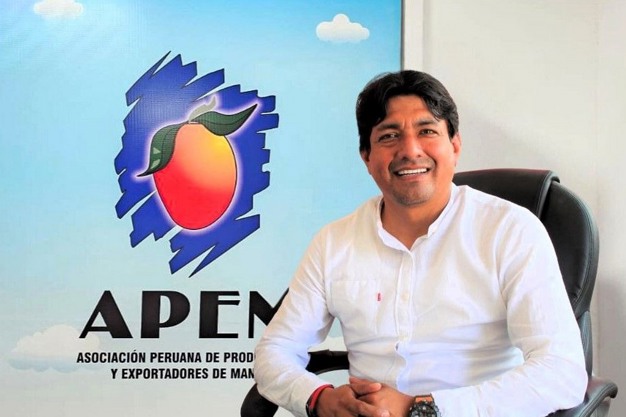
There is a growing demand for organic and sustainable products in the global mango market. Iván says that European consumers in particular, are increasingly concerned about the sustainability and traceability of the products they consume. This has motivated Peruvian producers to adopt more sustainable agricultural practices and to obtain certifications that guarantee compliance with these standards.
Moreover, ready-to-eat products are becoming trendier and this has opened up new opportunities for Peruvian mangoes in the fresh-cut segment. It is a way to potentially diversify exports and add value to the products.
Volumes are expected to increase in the 2024/2025 season compared to the previous year. In the 2023/2024 campaign, the production was significantly affected by adverse weather conditions, so only about 80 million kilos were exported. This represented a 70% drop compared to the previous season. This year, a higher production is expected, although it isn't possible yet to accurately predict the final volume due to factors such as the weather and the fruit set.
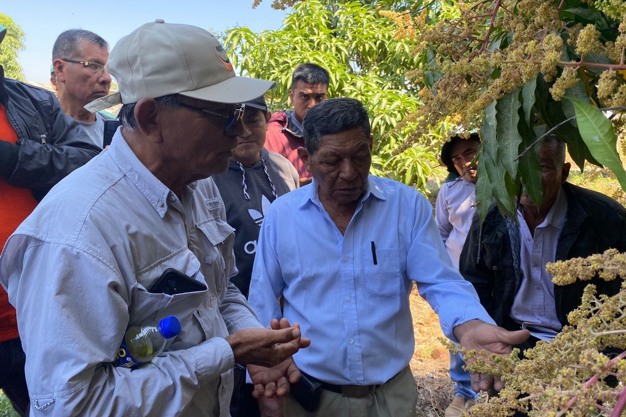
90% of Peruvian mango exports go mainly to the United States and Europe, but new markets are being explored. "In the framework of this search for new markets, we hope that the port of Chancay will allow us to reduce transit times and improve our sales in Asia," says Iván.
The European market risks becoming saturated due to the high volumes expected not only from Peru, but also from Brazil and Ecuador. This could put downward pressure on prices. In spite of the large supply, "if we arrive with good quality, we should be able to sell for the right price, and that will allow us to make this business sustainable," says Iván.
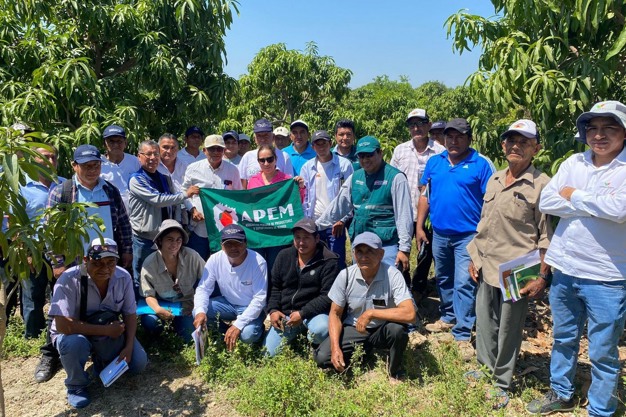
Strategies are being implemented to stagger the harvest and prevent a concentration of the supply, which can take a toll on prices. Alternatives are also being explored, such as the use of IQF (frozen products) to better manage volumes during the peaks of the season. They also stress the importance of working in a coordinated manner when it comes to quality and phytosanitary management. This is backed by training workshops. Iván says: "We have to work hard on quality and try avoiding the peak of the season as much as possible."
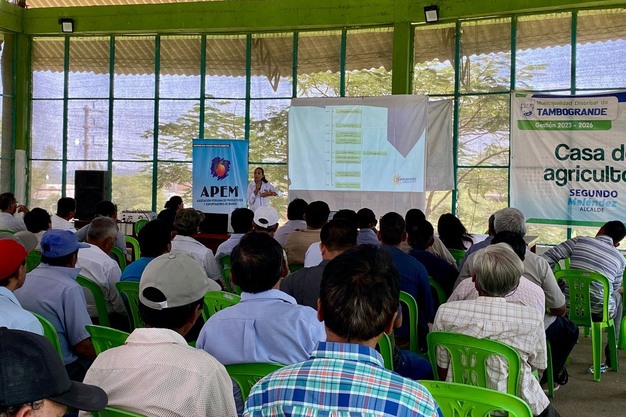
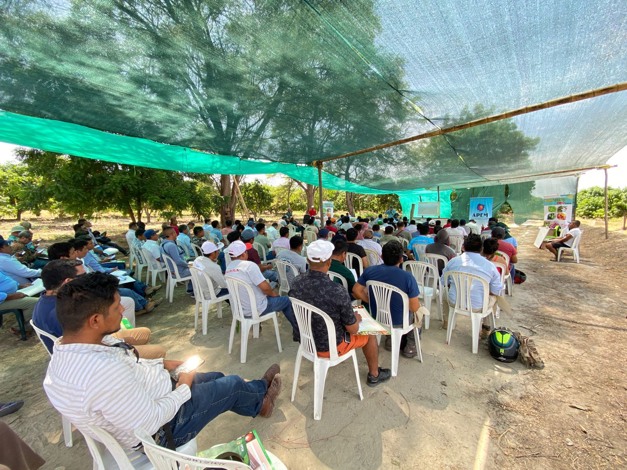
A greater Peruvian mango production is expected in the 2024/2025 season compared to the previous one, with challenges in the supply and demand due to international competition, but with a strong focus on quality and the search for new markets to mitigate those risks.
APEM, committed to the development of local producers, will hold the 23rd International Peruvian Mango Congress in Piura on 7 and 8 November 2024. The event will focus on innovation and sustainability in mango cultivation. Also, Mangofest 2024, to be held in Tambogrande on 23 September, will feature specialized talks and tools for more than 300 local producers.
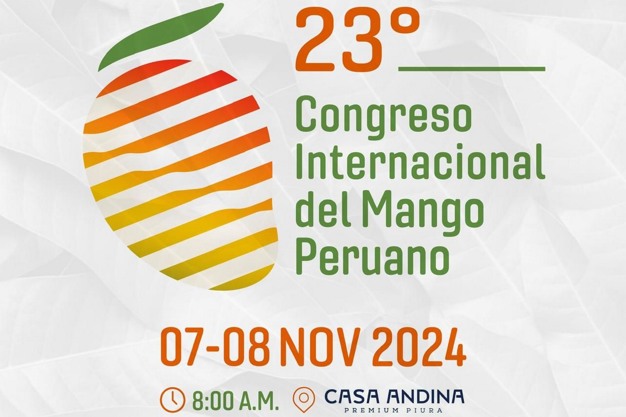
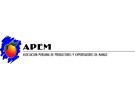
For more information:
Carlos Ivan Vilchez Peralta
APEM
Tel.: +51 991 711 971
Tel.: +51 977 609 604
[email protected]
www.peruvianmango.org










